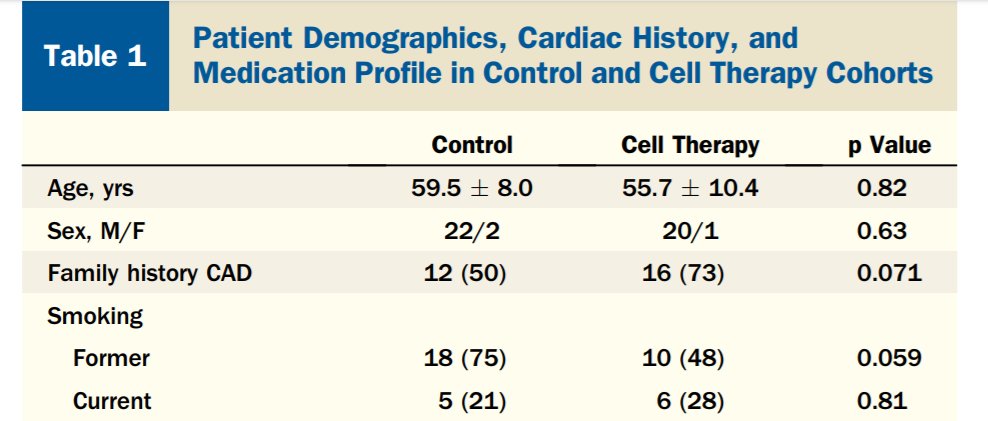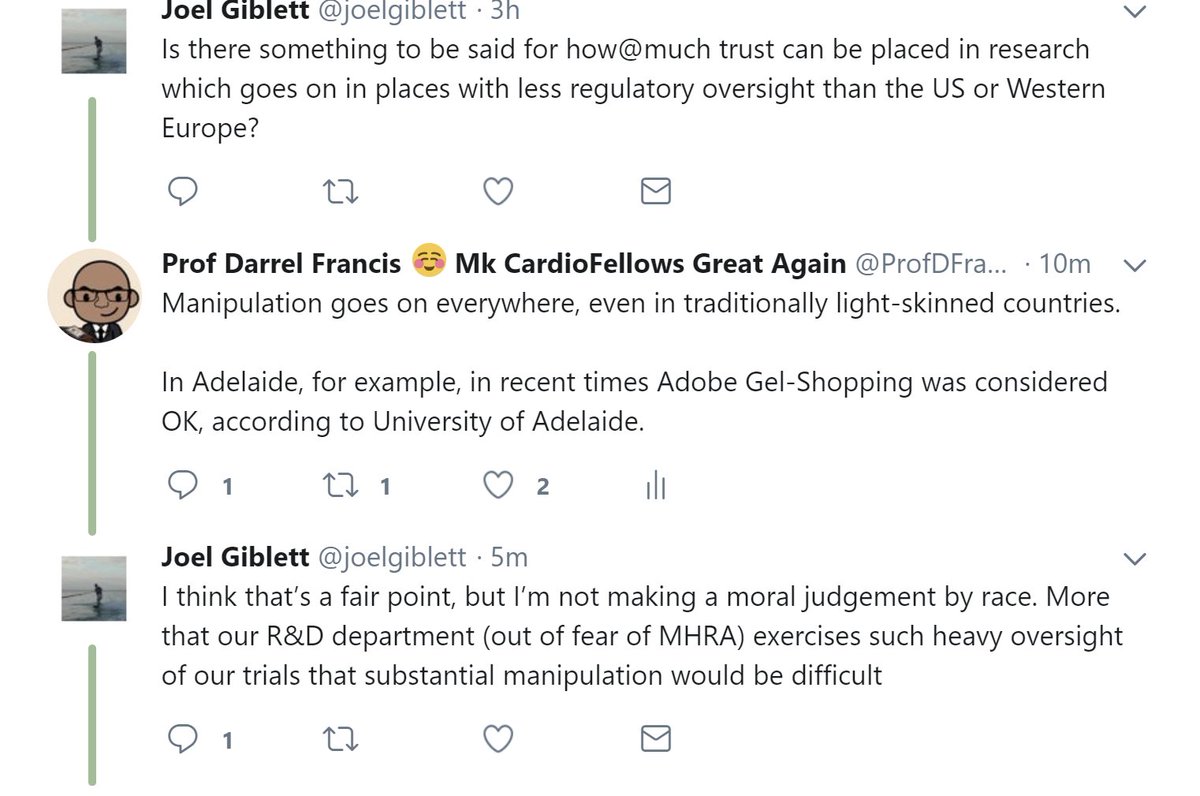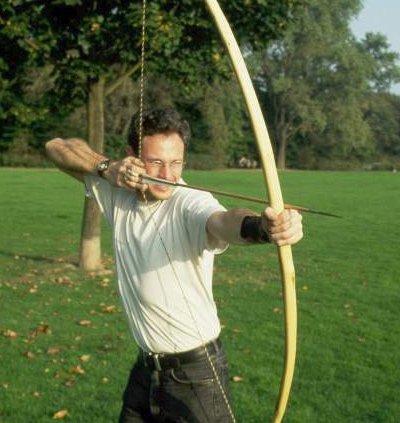Heh heh, the Amazing Yuripridio, world-conquering hypnotist 

But we must be careful on this. I have a PhD student at #ORBITA hq called Frances Wood. I met her first as a manager in a research unit a few years ago. She was the nicest, kindest person there, who would always make me tea when I visited anyone in the unit.
• • •
Missing some Tweet in this thread? You can try to
force a refresh











